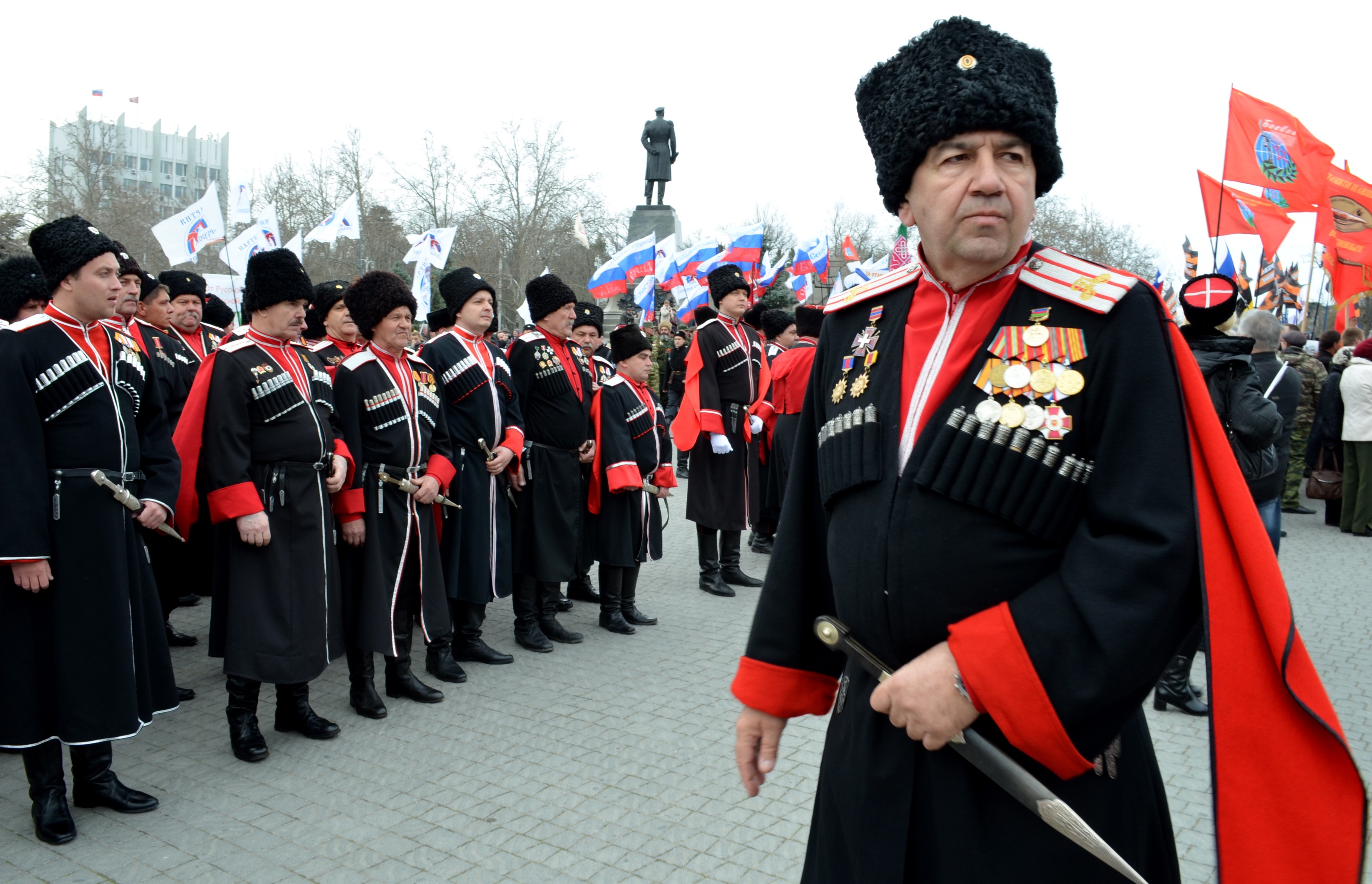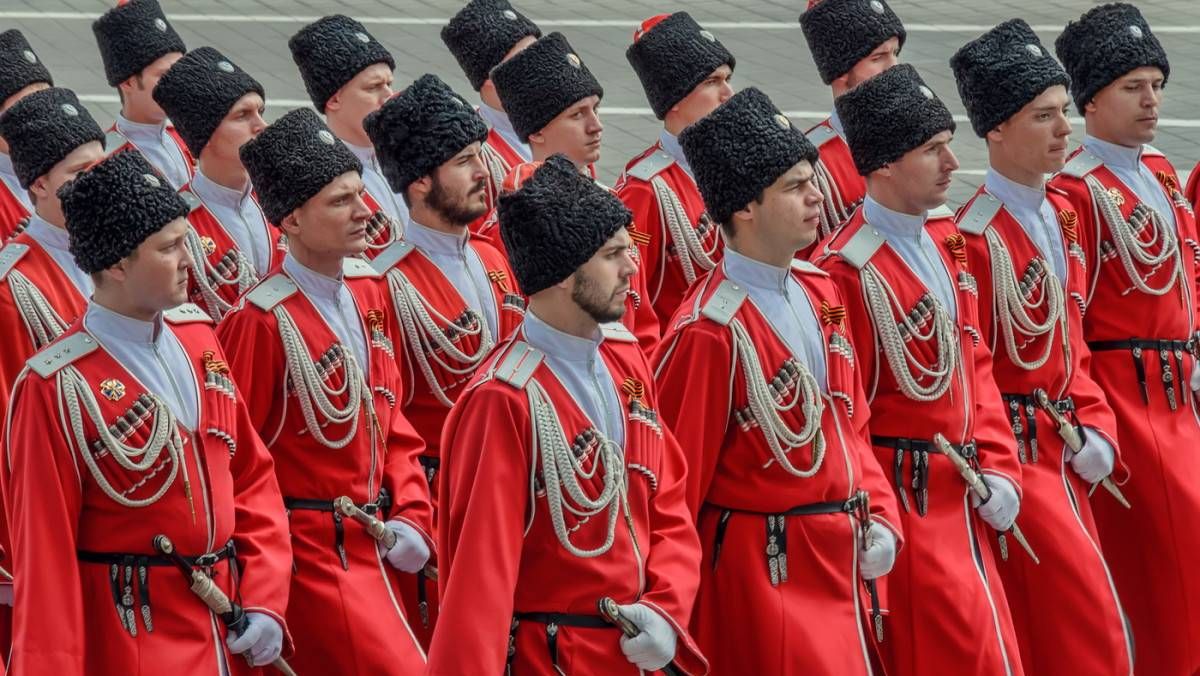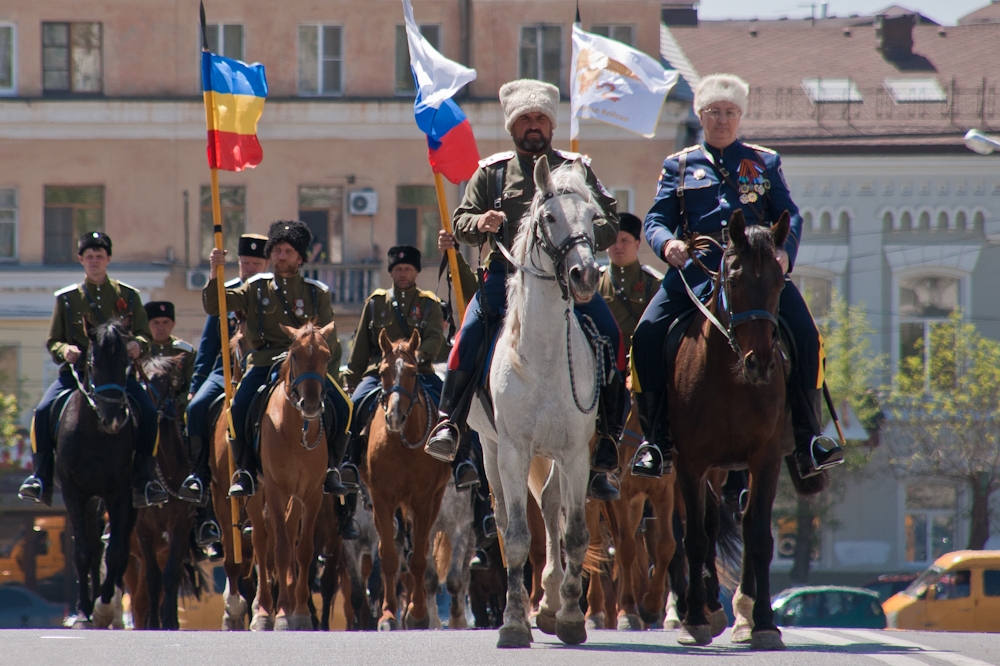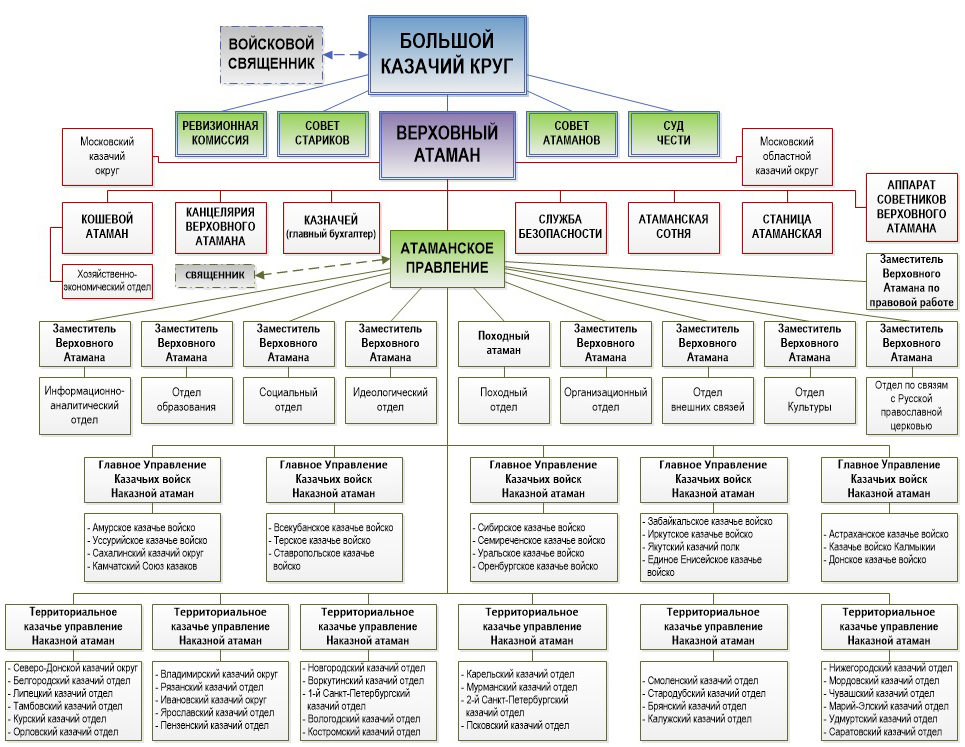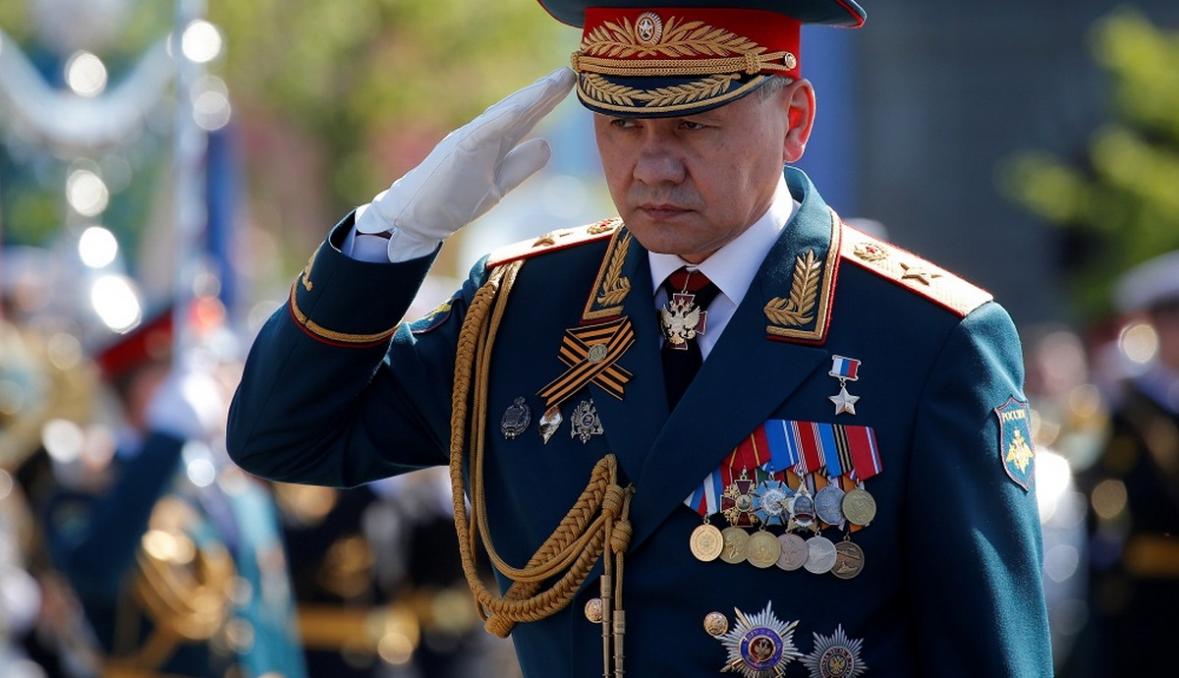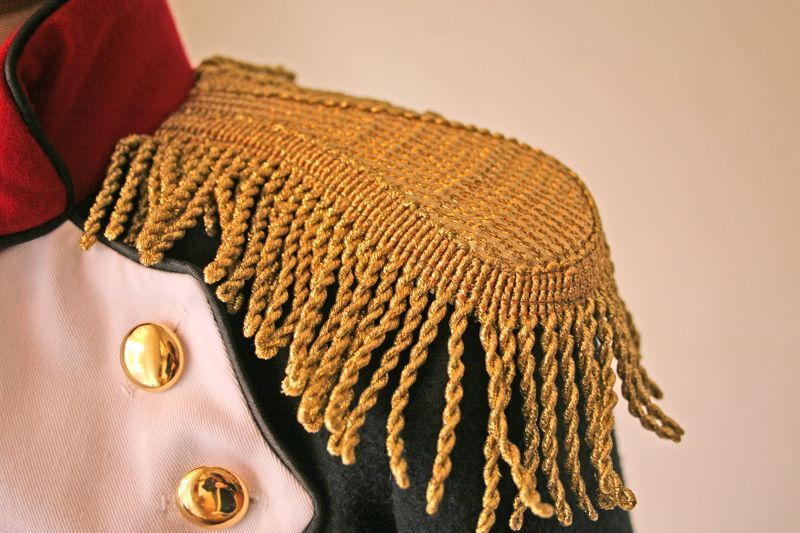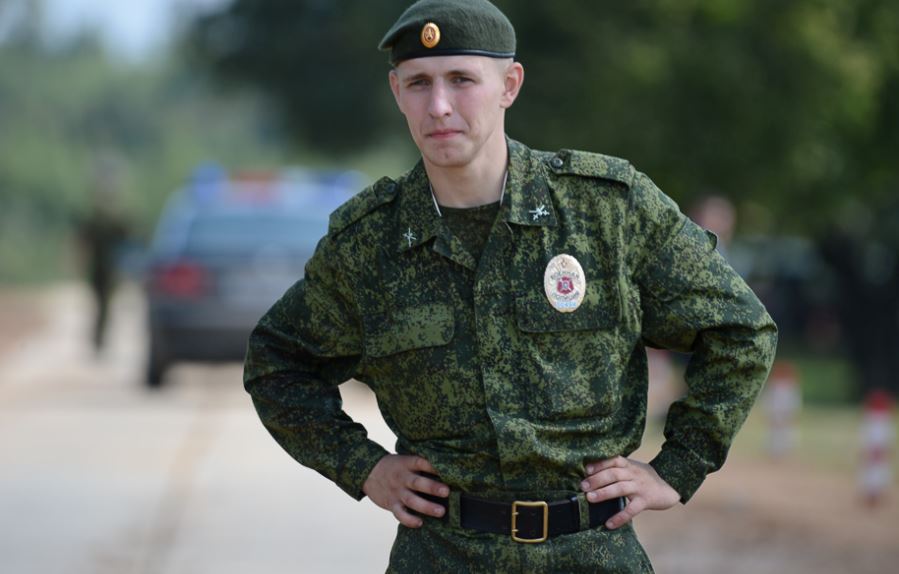Numerous literary works, historical events, folklore with a special flavor - all this contributed to the fame of the Cossacks throughout the world. Legends were composed about their love of freedom, invincibility and exploits. The established military system, which has developed over centuries, still contributes to the maintenance of discipline and constant combat readiness. An important component of the structure are Cossack titles, ranks and shoulder straps, which are worn with pride and honor. Currently, in Russia there is a regulated list of ranks, as well as certain requirements for uniforms and identification marks on them.
Hierarchy of the Cossack army
Cossack communities first became known at the beginning of the 15th century. Initially, these were free Don, Dnepropetrovsk, Volga groups of the Cossack clan. Later, the famous Zaporizhian Sich appeared. In these formations, there were many different ranks. Among them were atamans, cantereis, centurions, hetmans, and foremen.
In the 15th-16th centuries, colonels, esauls, sub-esauls, hetmans and others also appeared. It was at the time of this innovation that the systematization of ranks among the Cossacks began. In the long term, this affected the development of Cossack formations. At that time, recruitment into formations was carried out in groups of 600 people.
The procedure was led by the "head", who reported to the voivode. People were recruited from the "instruments", they were divided into hundreds. They were led by centurions, under their subordination were half-hundreds. After that, the hierarchy provided for tens, under the leadership of foremen. Each Cossack settlement had military personnel who performed the functions of ordinary riflemen.
In the Cossack army, detachments were called stanitsas; they were led by atamans.
In the event of entering service in a settlement for further residence there, the Cossacks fell under the leadership of the city governor. If the "guard" Cossacks were sent to a settlement as separate ones, they were subordinate to the manager. Such leaders were placed above the fifty-man. Atamans were assessed on the same level as "boyar children". Subsequently, in addition to monetary rewards, they were allocated plots of land.
Tsar's
A unified systematization of hierarchy in the tsarist army was approved in the 18th century after the "Table of Ranks" developed by Peter the Great. According to this document, major changes were made among the Cossack ranks and shoulder straps of the tsarist army.
At that time, the ranks and insignia were organized and then included in a single first class. Towards the end of the 18th century, the military systematization of Cossack formations changed. In 1828, during the reign of Nicholas I, a unified system of Cossack ranks and shoulder straps was created. It included:
- staff officers (senior officers), including colonels, lieutenant colonels, and military foremen;
- chief officers (junior officers), including esauls, centurions, ensigns;
- lower ranks - sergeants, non-commissioned officers, orderly Cossacks (privates).
The above-mentioned system of Cossack troops was in effect until 1880. Changes began to be made to it after the appearance of the podkorunzhiy. In 1884, the rank of "lieutenant colonel" was replaced by "troop foreman", then it was equivalent to a military major. In addition, the rank of podesaul was introduced, which was similar to the staff captain of the cavalry of the imperial army. In total, the hierarchy of these formations contained more than 10 ranks of the new model.
Modern
Nowadays, according to the State Register, Cossack communities are divided into higher, main, senior, junior and lower. The Cossacks of Russia have eleven divisions that have their own governing bodies. The State Register regulates the following ranks:
- Cossacks and clerks (lower);
- non-commissioned officers, sergeants (junior);
- sub-ensigns, ensigns, centurions and sub-esauls (seniors);
- esauls, kurens, Cossack colonels (chief);
- Cossack generals (highest).
The lowest rank can be assigned by the ataman of the Cossack community. The military ataman has the right to assign ranks related to junior and senior. Ranks after the esaul can be assigned by the Chairman of the Council for Cossack Affairs, who is the authorized representative of the President of the Russian Federation. The President himself can appoint a Cossack general.
Shoulder straps and insignia
Regardless of the fact that initially the Cossack formations considered themselves free, they still had a clearly structured hierarchy. And when the army was introduced into regular formations, the Cossack ranks in the army were brought into agreement with the officer ranks. Now we can draw an analogy between the ranks with shoulder straps of the Cossacks and the army of Russia or the USSR. The rank of Cossack is equivalent to that of a junior private.
Pentagonal blue Cossack shoulder straps are used on a daily basis. Officers have a silver field, while junior ranks have a colored field. The shoulder strap is attached to the collar with buttons decorated with a coat of arms. There is also a field version; the shoulder straps of this category of Cossacks are made of green cloth with khaki-colored fields.
| Rank | Ratio to combined arms | Everyday shoulder straps | Field shoulder straps |
| Cossack | Private | Clean blue shoulder strap | Clean green shoulder strap |
| Commander | Lance Corporal | Across there is a narrow grey stripe | Across there is a narrow khaki stripe |
| Junior sergeant | Junior Sergeant | Across there are two narrow grey stripes | Across there are two narrow khaki stripes |
| The policeman | Sergeant | The sergeant's shoulder straps have three narrow grey stripes across them. | Three narrow khaki stripes across |
| Senior sergeant | Senior Sergeant | Across there is a wide grey stripe | Wide khaki stripe across |
| Junior Sergeant | Sergeant Major | Along the wide gray stripe | Along the wide stripe of khaki shade |
| Sergeant Major | Ensign | Along the wide gray stripe and on it are 2 stars | Along the wide stripe of khaki color and on it are 2 stars |
| Senior Sergeant Major | Senior Warrant Officer | Along the wide gray stripe and on it are 3 stars | Along the wide stripe of khaki color and on it are 3 stars |
| Ensign | Junior Lieutenant | Along the thin colored stripe and on it one star | Along the thin stripe of khaki color and one star |
| Ensign | Lieutenant | Along the thin colored stripe and 2 stars on the sides of it | Along the thin stripe of khaki color and 2 stars on the sides of it |
| Centurion | Senior Lieutenant | Along one thin colored stripe, one star on it and 2 stars on the sides of it at the bottom of the shoulder strap | Along one thin stripe of khaki color, one star on it and 2 stars on the sides of it at the bottom of the shoulder strap |
| Podesaul | Captain | Along one thin colored stripe, 2 stars on it, 2 stars on the sides of it at the bottom of the shoulder strap | Along one thin stripe of khaki color, 2 stars on it, 2 stars on the sides of it at the bottom of the shoulder strap |
| Esaul | Major | Along one thin colored stripe | Along one thin stripe of khaki color |
| Military sergeant major | Lieutenant colonel | Along two thin colored stripes, 2 stars on them, 2 stars on the sides at the bottom of the shoulder strap | Along two thin khaki stripes, 2 stars on them, 2 stars on the sides of them at the bottom of the shoulder strap |
| Cossack Colonel | Colonel | Along two thin colored stripes | Along two thin khaki stripes |
| Cossack General | Major General | There are two stars at the bottom of the shoulder strap. | There are two stars at the bottom of the shoulder strap. |
Geographical differences developed between the Don and Kuban Cossacks. The equipment of the Kuban Cossack army was influenced by the uniform of the highlanders, for example, they wore Circassian coats, which were popular in the Caucasus. The Don army servicemen wore chekmeni.
Blue-toned trousers were used on the Don on a daily basis. Crimson-toned trousers were worn for a holiday or a visit to church. In addition, the colour was chosen based on the age of the Cossack, his military rank and the time of year. The trousers of the Kuban Cossacks were and remain black.
Nowadays, the state actively supports the revival of the Cossacks. Every year, more and more people join the ranks of this formation. This is a kind of tribute to history, courage, bravery, honor.
Video
https://youtu.be/x_2g2XXQG48

